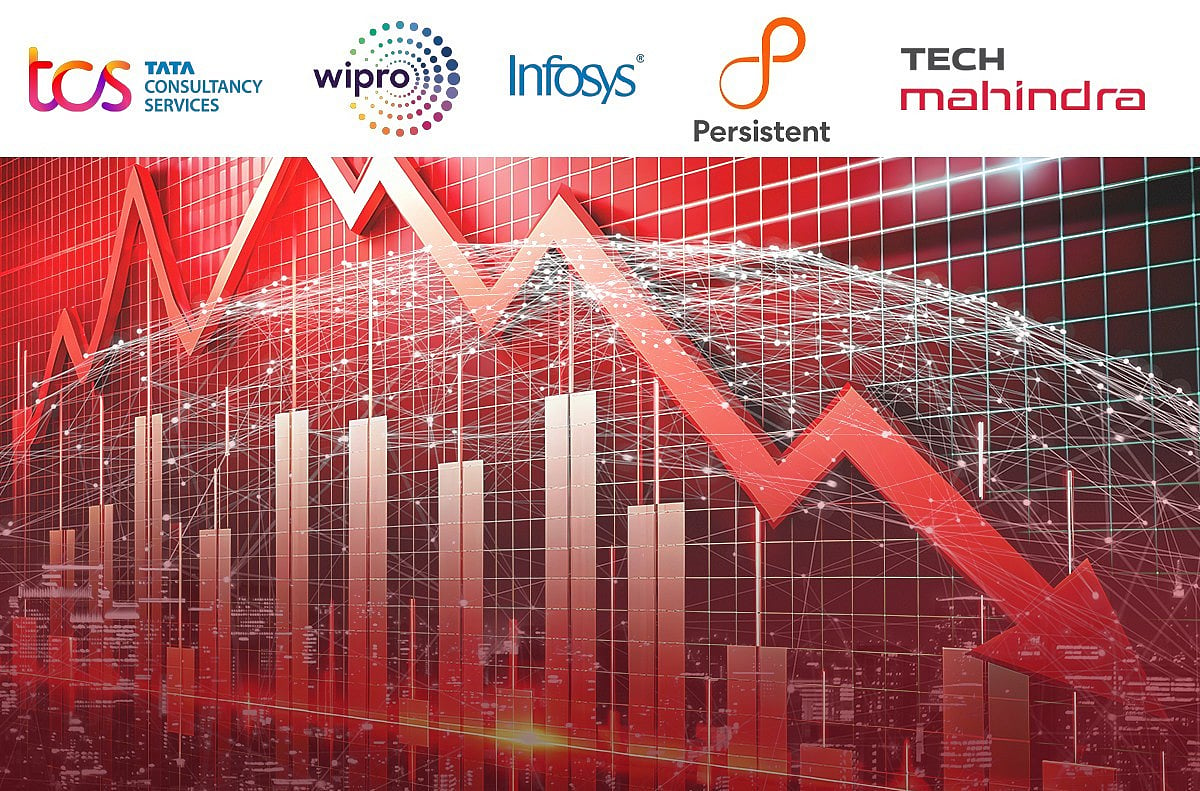The outlook for the Indian IT sector in financial year 2026 appears uncertain, raising concerns among analysts about the industry’s potential performance. According to Girish Pai, head of institutional research at BOB Capital, the challenges may not be over yet. Recent projections from global consulting giant Accenture indicate a slight improvement in earnings per share (EPS) for fiscal 2025, but the implications for Indian IT remain mixed.
Accenture’s Outlook and Its Implications
Accenture has revised its EPS expectations for fiscal 2025 to range between $12.55 and $12.79, up from an earlier estimate of $12.43 to $12.79. This adjustment, as noted by HSBC, could signal a cautiously optimistic trend for the Indian IT domain. However, Nomura has raised alarms regarding potential risks tied to U.S. federal contracts, which they believe may cast a shadow over the sector’s stability.
- Key points of concern:
- Limited exposure to U.S. federal contracts.
- Brokerages suggest a cautious investment strategy.
- Uncertainties in global markets impacting discretionary spending.
Growth Expectations Amidst Challenges
Despite the seemingly positive outlook for Accenture, the reliance on U.S. government contracts has introduced complications. While the Indian IT sector does not share this specific concern, it must navigate a landscape filled with global uncertainties and fluctuating discretionary spending, which could hinder growth.
Girish Pai emphasizes that investor expectations have moderated, indicating a reduction in the sector’s froth. However, he notes that there are emerging opportunities in specific areas, particularly within the BFSI (Banking, Financial Services, and Insurance) sector in North America, which are driving some discretionary expenditures.
- Growth projections:
- Anticipated growth in mid-single digits.
- Potential recovery expected in 2027.
- Continued weakness in the sector over the past few years.
Insights on Smaller vs. Larger IT Firms
When discussing growth trends, Pai highlights that smaller IT firms are currently experiencing faster growth compared to their larger counterparts. He points out that tier two companies have benefitted from their agility and management strategies, leading to quicker returns.
However, he advises caution, stating that while smaller firms may show rapid growth, their valuations might not yet reflect this potential. Pai prefers investing in tier one companies, citing their more favorable valuations and stability. His top recommendations include Tech Mahindra Ltd. in the large-cap segment and First Source in the mid-cap category.
- Investment insights:
- Tier two companies are growing faster but may have valuation concerns.
- Pai favors tier one firms for their robust performance.
- A mixed bag of ‘holds’ and ‘sells’ for various stocks.
In conclusion, while the Indian IT sector faces a myriad of challenges, there are glimmers of hope within specific verticals. Investors are advised to stay informed and adopt a cautious approach as they navigate the complexities of this evolving landscape.











